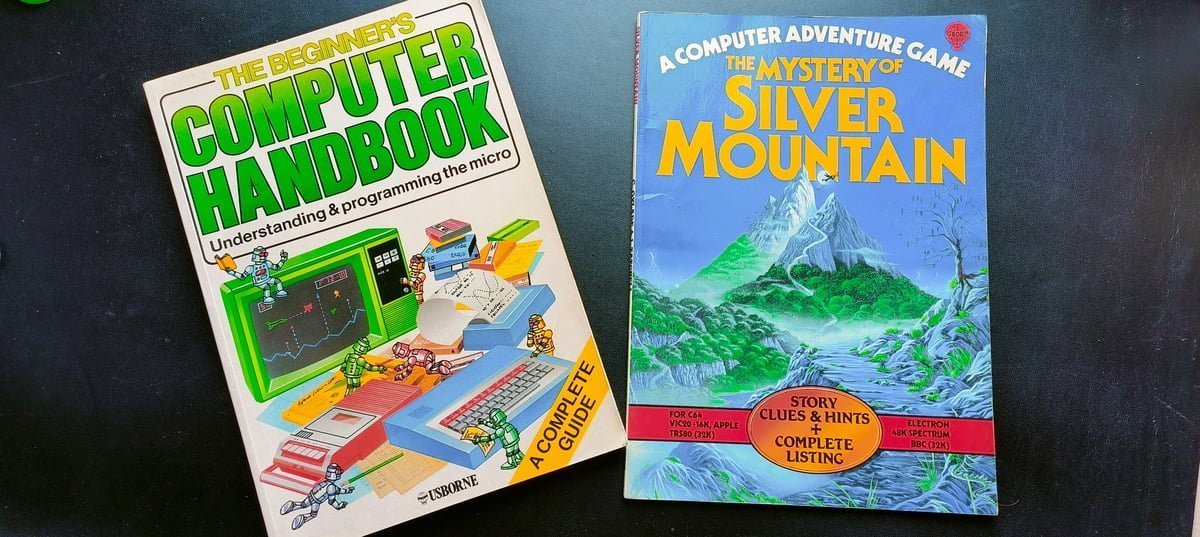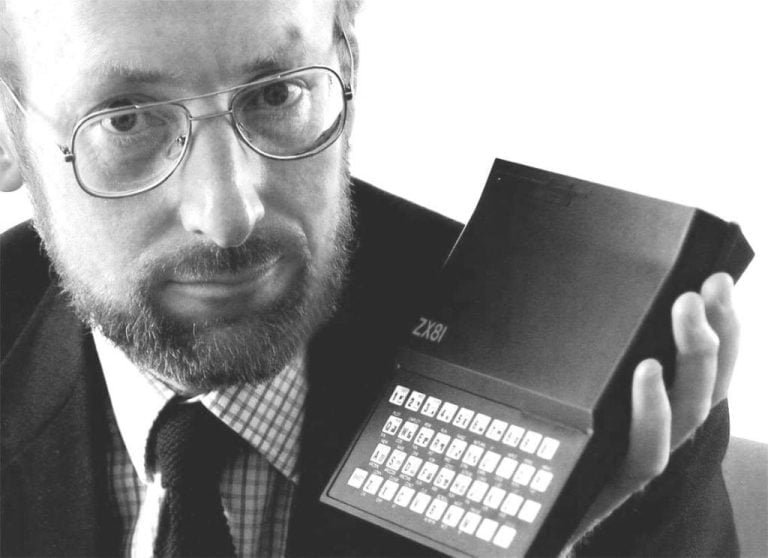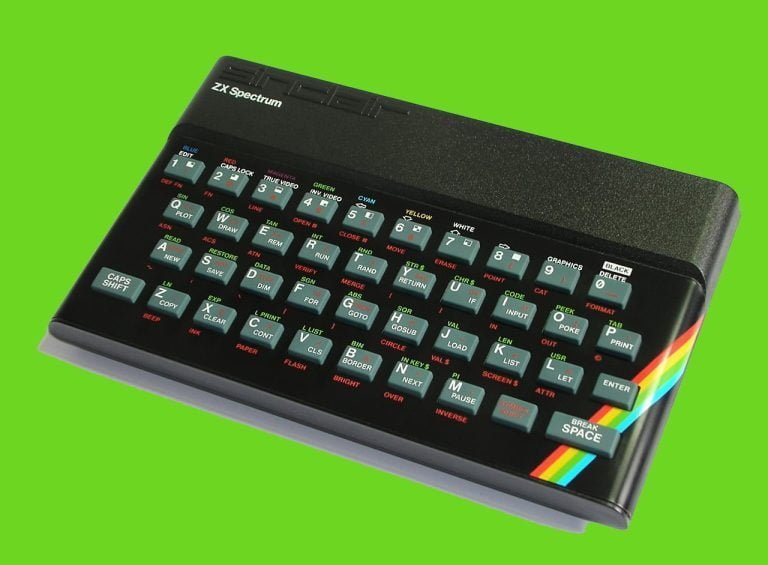Fond Memories of the Timeless Usborne Computer Books
Last Updated on April 19, 2023
These days, Usborne coding books are popular, but this is an area of publishing that was first explored back in the 1980s…
As you probably know, the 1980s were amazing.
While we didn’t have supercomputers in our hands, we had teletext, powered by a BBC Micro. Eventually, 8-bit computers were swapped for 16-bit machines, but for those few years we had the future at our fingertips, rather than (as now) the world.
Grabbing a game or utility these days just takes a few clicks or taps. Back then, in a much slower world, where most machines weren’t online, software came from three places: computer shops on the high street, mail order companies, or by typing in code from magazines.
Learning to type (not code) with Usborne computer books
I’ve been writing professionally since the mid-2000s. I type at around 100 words a minute. But I learned to type on a Commodore 64 in 1985.
My dad bought countless magazines, a habit I eventually continued in my teens. For the C64 we bought titles like Commodore User and Zzap!64, while also pushing our skills with Input, a magazine series from Orbit that included cross-platform coding tutorials. While we had some success navigating our own typing issues and the printing errors in the magazine code, the most success came thanks to Usborne books.
Recent news of the death of Peter Usborne, Private Eye magazine backer and publisher of children’s books unsurprisingly cast my mind back to a library of amazing books that were published back in the 70s and 80s and are still published to this day.
While I cannot really speak for how my children engage with Usborne books, I can tell you a bit about my own experiences with them and the vast library of books aimed at teaching children to program on 8-bit systems such as the Commodore 64 and the BBC Micro.
The Beginner’s Computer Handbook
Various slim volumes of around 50 pages were released in 1980, but this was a bit too early for me. Happily, three of them were republished as a compendium, The Beginner’s Computer Handbook, a few years later. Specifically, this featured the titles Understanding the Micro, Introduction to Computer Programming, and Computer Spacegames.
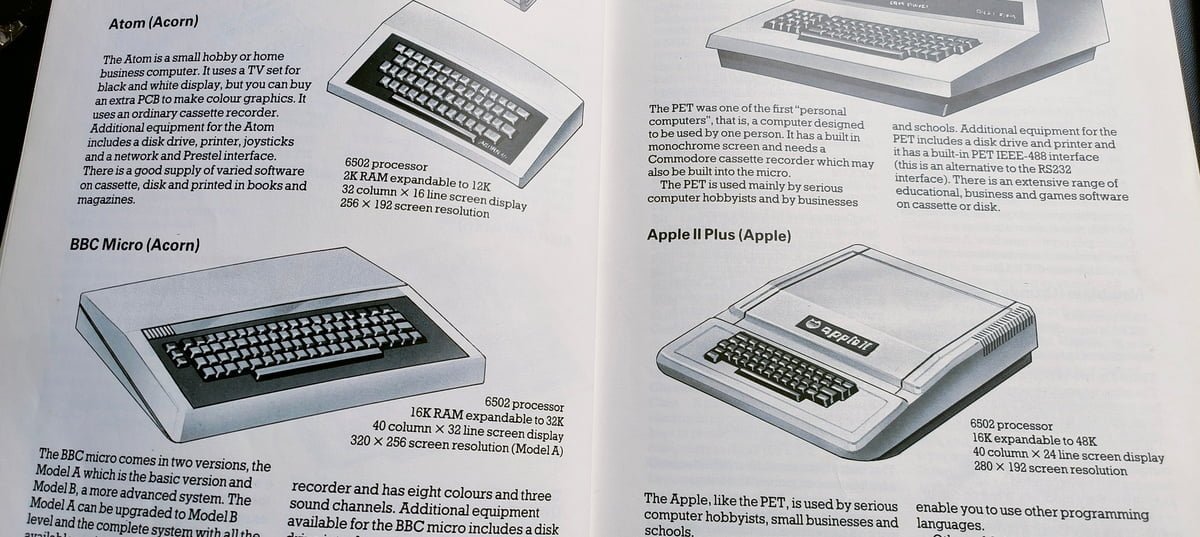
Unsurprisingly, the idea of coding space games was everything a young computer and Star Wars fan could want in the mid-1980s. X such programs are included in the book (along with all the others of non-space origin), and while yes, they’re basic, they were also a great endeavour, ideal for school holidays.
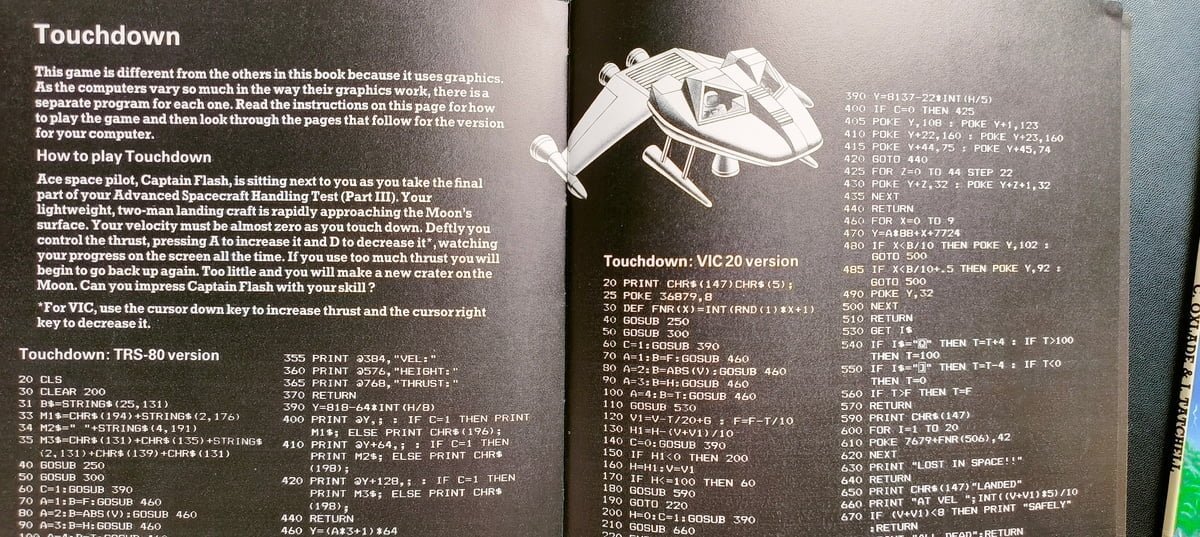
Touchdown, above, was one of the games I attempted, which I think I still have on a cassette somewhere. To be honest, after a couple of years I became a bit unimpressed with type-ins, and in a world where games cost just £2 (thank you, Mastertronic and Firebird), it became easier just to buy games.
With one exception…
The Mystery of Silver Mountain
Despite the overarching subject matter of The Beginner’s Computer Handbook, the one that left a lasting impression on me was The Mystery of Silver Mountain, the input of which became something of a family affair.
It was a sort of Hobbit-lite that was published as a 32 page volume with 12 pages of code to enter. The rest was scene setting, clues, and lovely illustrations.
Suitable for BBC Micro, Acorn Electron, Commodore 64, VIC-20, TRS80, Apple, and ZX Spectrum, this was one of several books (the others including Island of Secrets) from Usborne that gave you the chance to input your own game. I seem to recall my copy came at Christmas (possibly with the book above) one year, and it was really hard work to type in.
Most of the work was done by my dad, but little did I know at the time that 200 miles away, my uncle’s BBC Micro was being used with the same game, as they had the same book! Their copy worked, unlike ours, so I can only imagine Dad made some errors. I remember him making some changes, but ultimately we never got the game to fully work.
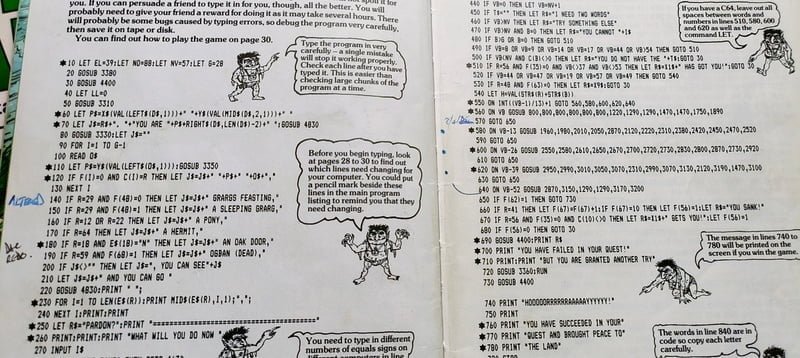
But that’s not the point. (And fortunately I suspect my uncle and cousins did, so we got to enjoy most of the game.)
This book, and all the others, were instrumental in building interest in the early days of computing. Usborne Books’ impact on 8-bit computing is immeasurable, and it is something that continues to this day.
I just wish Dad had sent off for the £5.95 cassette so we could have played the game bug-free…
Beyond computing
Whether borrowing books from the local library or buying them from WHSmith, Usborne Books informed my formative years in various ways. They explained what you needed to know about fishing, about setting up your own busines… even about learning guitar or keyboard.
You could even teach yourself to be a spy.
But the ones with the lasting impression on me have been the computing books. I had another, Computer Spy Games, the current whereabouts of which I’m uncertain. This was released with Weird Computer Games and Creepy Computer Games, and all feature one, two, or three page programs to enter yourself.
Usborne wasn’t the only publisher producing material like this, but it was by far and away the best.
But you don’t have to take my word for it. Usborne Publishing’s 1980s computing books are available from their website. Free.
Download free PDFs of Usborne computer books and learn a thing or two about the early days of home computing. They’re all there, all the books mentioned above, and a few more besides.
And if you fancy some more modern programming guides, Usborne has a collection of modern computing books, for programing Python, Scratch, and building websites. (My son assures me that Usborne’s Coding for Beginners Using Scratch is particularly good…)

Gaming since 1984, retro gaming since 2004. Contributes to Linux Format magazine, TechRadar.com, and other publications.
